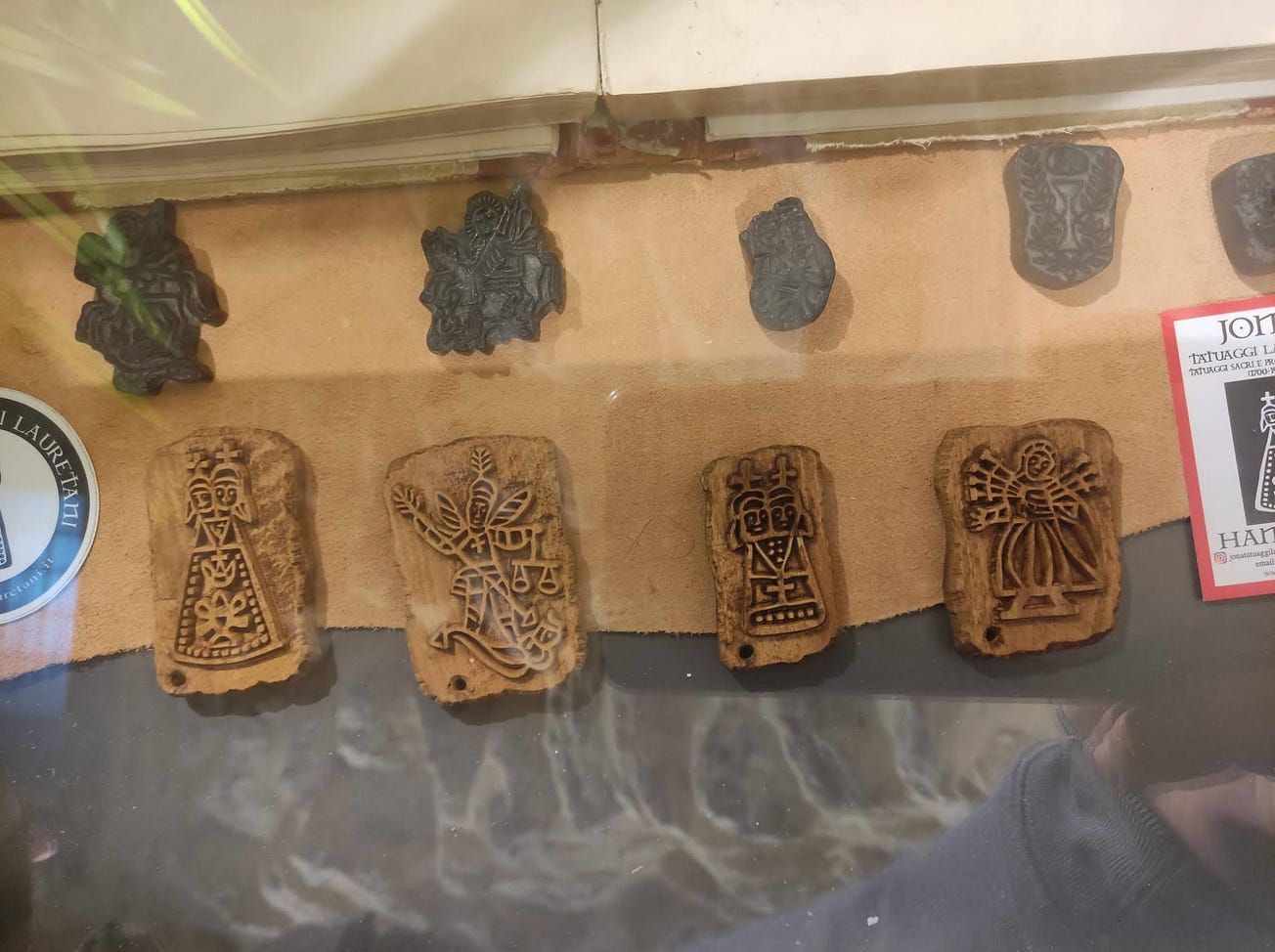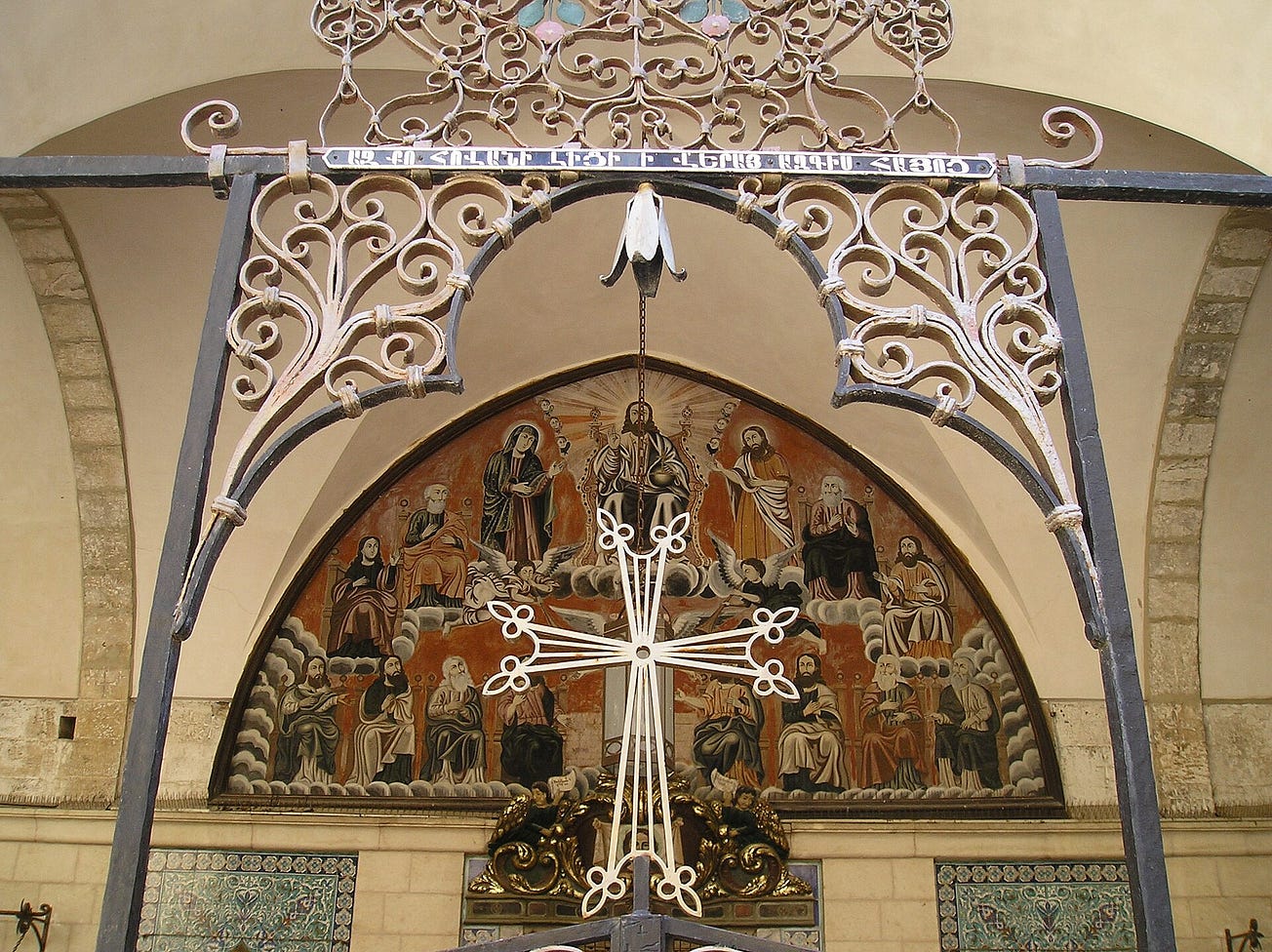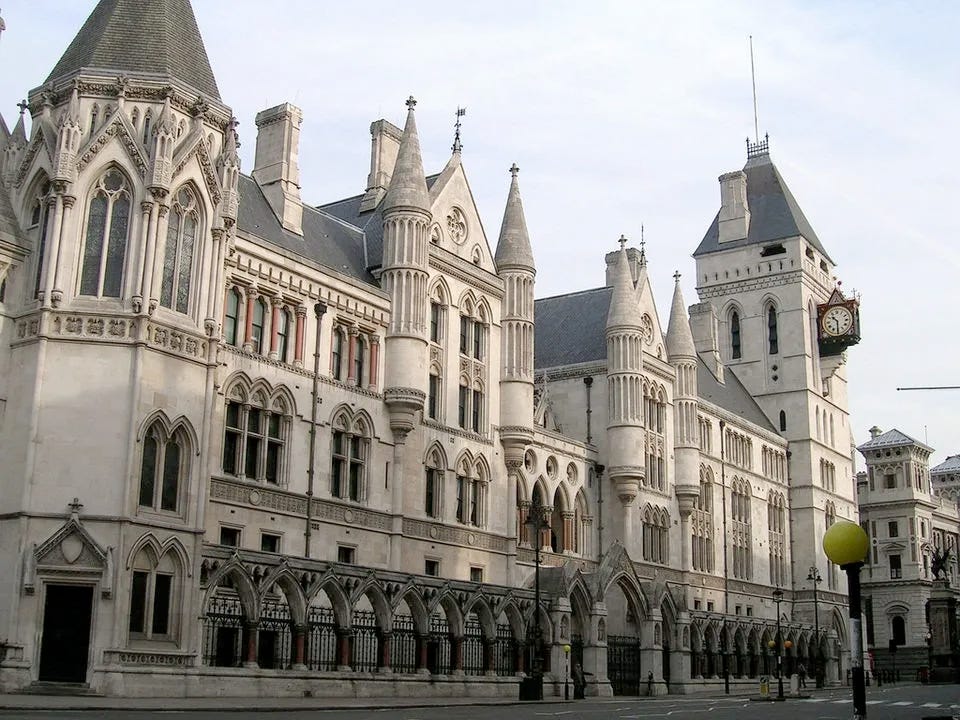Hey everybody,
Here’s what you need to know:
The Pillar reported this morning that according to records in the Archdiocese of Chicago, Bishop Robert Prevost, now a member of the Vatican’s Congregation for Bishops, permitted a priest accused of serial sexual abuse, including inappropriate behavior with schoolchildren, to move in 2000 into a friary around the corner from a school.
In 2018, Cardinal Blase Cupich, also a member of the Vatican’s Congregation for Bishops, apologized when it turned out he had done the very same thing, at the very same friary, apparently without quite realizing it. A lot has changed in the Church’s approach to safe environments since 2000, but it’s noteworthy that two members of the Vatican dicastery that oversees how bishops handle abuse cases have this overlapping history.
After we published our report, Ed asked how well the sexual abuse protocols introduced by Pope Francis can be overseen by bishops accustomed to very different ways of doing things.
“Mutual accountability among bishops may need a generational shift, and require a new cohort of bishops who have only ever known, and only ever held themselves to, the new standards,” Ed suggested.
On Monday, the Congregation for the Doctrine of the Faith issued a doctrinal clarification explaining that “it is not licit to impart a blessing on relationships, or partnerships, even stable, that involve sexual activity outside of marriage,” including same-sex relationships, which were discussed at length in a CDF commentary on the subject.
One Vatican source told The Pillar directly that the document was intended to address German bishops, who are proposing, and in some cases permitting, liturgical blessings of same-sex couples.
The CDF’s document has prompted sharp responses from the lay organizers of the ecclesial synod going on in Germany, but not yet a direct response from the German bishops’ conference, who will either need to change course, or run the risk of prompting a definitive schism in the Church. To date, the conference seems willing to play hardball and expect the Vatican to back down. But on matters of doctrine, that expectation could prove unrealistic.
A German friend of The Pillar put it simply: “We are in for a wild ride, guys.”
Friday is the Solemnity of St. Joseph. This means you can eat meat on a Friday in Lent. We explain that, along with some history of the solemnity and devotion to St. Joseph, here.
St. Eusebia, the 12-year-old abbess
Tomorrow we celebrate the Feast of St. Patrick, and on Friday, the Solemnity of St. Joseph.
But today, March 16th, the Church commemorates St. Eusebia. Here’s what you need to know:
It was France, in the seventh century. Her mother was a saint. (St. Rictrude). Her father was a saint. (St. Adalbald). Her brothers and sisters were saints.
Her father was murdered by her mother’s family, who didn’t like him very much. Her mother fled to a monastery, and she sent Eusebia to a different monastery, where the abbess was Eusebia’s great grandmother.
The abbess died. (Of course, she too was a saint). Eusebia, at 12, was elected to become the next Abbess of Hamage. Things were a bit tough for a while, because a 12 -year-old was the abbess.
The nuns were compelled to leave their monastery when Eusebia’s mother, who was by then an abbess herself, sort of merged Eusebia’s monastery into her own against Eusebia’s will.
But eventually Eusebia worked things out with her mom, returned to her monastery with her nuns, grew into her authority, and became a great saint.
Mass concerns at St. Peter’s
Last week the Vatican’s Secretariat of State announced that daily Masses are no longer permitted to be celebrated at the side altars lining St. Peter’s Basilica. It has long been the case that any priest visiting St. Peter’s could go to the sacristy, ask for an altar, and offer Mass— right at the church in the center of the Church. But effective March 22, visiting priests will be invited instead to concelebrate Masses celebrated a few times each day at St. Peter’s, or be permitted to offer Mass in the crypt chapels below the basilica if they come with a group.
I have heard repeatedly in recent days what it meant to many priests to have offered a Mass at St. Peter’s Basilica, in the Church above the bones of our first pope. And I myself have thought about how lovely it was to be inside St. Peter’s and suddenly come upon a Mass one could attend, or to be attending Mass and suddenly discover that more pilgrims had unexpectedly joined in the prayers.
Mass at the tombs of Pope St. John Paul II and Pope St. John XXIII were especially meaningful moments for me.
Some Churchmen have raised canonical concerns about the way the decision was communicated, some of which Ed and I noted in our podcast last week. But mostly people have expressed to me disappointment about the decision. Some of have noted that many Vatican officials offer their own daily Masses at the basilica, a practice which now will discontinue.
The Secretariat of State has said the goal of the decision is to preserve the tranquility and liturgical decorum of the basilica. I can’t speak to the degree to which those things are disrupted by the celebration of Holy Mass. But unless there is some intervention from the pope before the law takes effect, it will be the end of an era at St. Peter’s Basilica.
Laetare
There are weeks when I find myself frustrated to be reporting mostly difficult news about the life of the Church; times when good news stories are put on the back burner in favor of developing, difficult, and frustrating stories — times when stories about disagreement take precedence for the moment over the stories I’d most prefer to be telling, namely those about unity in the Lord, about conversion and transformation in grace.
I know, because I hear from you readers, that I am not the only Catholic experiencing a season of some challenge.
Today is only Tuesday, but this has become one of those weeks. Sunday, of course, was Laetare Sunday, during which the Church directs us to rejoice. I’ve not felt much like rejoicing. But I have been praying a bit with Isaiah 66, the scripture from which Sunday’s command to rejoice is derived.
The joy comes in Isaiah 66 from the promise of the Lord. From hope, and trust, in what is coming:
For thus says the Lord:
“Behold, I will extend peace to her like a river,
and the glory of the nations like an overflowing stream;
and you shall nurse, you shall be carried upon her hip,
and bounced upon her knees.
As one whom his mother comforts,
so I will comfort you;
you shall be comforted in Jerusalem.
You shall see, and your heart shall rejoice;
your bones shall flourish like the grass;
and the hand of the Lord shall be known to his servants,
and he shall show his indignation against his enemies.
That promise is fulfilled in Christ, and lived in his Church. And still, we who are his disciples are waiting always for its fullness. We know we’re made for eternity, Lewis observed, because of the way in which are always waiting for a future that has not yet arrived.
“I know their works and their thoughts, and the time is coming to gather all nations and tongues. And they shall come and shall see my glory, and I will set a sign among them.”
The sign is set, God’s glory is revealed. And still, we’re waiting. And we’re sometimes waiting in disappointment, or frustration, or division, or disagreement. I suspect it’s helpful to remember God’s promises: fulfilled, and still being fulfilled. To give thanks for them.
Gratitude — and even rejoicing — can reset our vision, and give us eyes to see the peace, and comfort, and glory of the Lord now extended to us, and that which is still to come. So if the Church tells me to rejoice, I’ll keep at it. We will soon enter the house of the Lord.
With more than 2 feet of snow across Denver this weekend, these sisters, Alhambra Carmelites in Wheat Ridge, Colorado, built themselves a snow shelter, and sat down inside for some hot chocolate.
Finally, Sunday, 3-21, is World Down Syndrome Day. They pick March 21 because people with Down syndrome have 3 copies of their 21st chromosome. It’s a little pun. Anyhow, I’m blessed to know and love people with Down syndrome, most especially my children Pia and Max. They’re blessed by a community of people who love them, and have some expertise in helping them. They’re most especially blessed by the love of my wife Kate.
So on Sunday, do me a favor and pray for people with Down syndrome, and in thanksgiving for the people who love them well. Thanks.
Please be assured of our prayers, and please pray for us.
Yours in Christ,
JD Flynn
editor-in-chief
The Pillar






